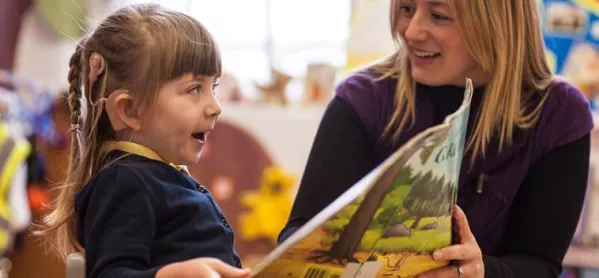Closing the attainment gap between deaf pupils and their hearing peers will take a generation, according to new research.
Analysis of last year’s official attainment figures by the National Deaf Children’s Society shows how the disparity starts at the earliest stages in education.
At key stage 1, just over half (53 per cent) of deaf pupils reached the required standard, compared with 84 per cent of students without special educational needs and disability (SEND).
Quick read: Deaf pupils less likely to go to top universities
Grim picture: Attainment gap between deaf pupils and peers widens
Poll: 94 per cent of parents worry about school support for deaf pupils
By KS2, the proportion of students hitting targets for reading, writing and maths was 43 per cent and 74 per cent respectively.
At GCSE, less than half (48 per cent) of deaf children achieved a grade 4 or above in both maths and English, compared with 71 per cent of other children.
The society warned it would take at least 21 years to close the gap between deaf and hearing students without SEND, leaving a “lost generation of deaf children”.
Susan Daniels, chief executive of the National Deaf Children’s Society, said the figures “show the true depth of the crisis engulfing deaf education in this country”.
“Deafness is not a learning disability, but deaf children are still falling a whole grade behind their classmates,” she added. “Meanwhile, the government is starving local councils of funding, meaning their support is cut back and their specialist teachers are being laid off.
“The government needs to address the gap in results urgently and begin to adequately fund the support deaf children need. It promised every child in this country a world-class education, but until deaf and hearing children progress and achieve at the same level, it is failing to deliver and that is utterly unacceptable.”
The data paints a similar picture to figures from the Department for Education released a year ago, which show that the disparity between hearing and deaf children is widening.
Today’s report also follows previous research showing 94 per cent of parents are worried about the future of the support their child receives at school.
Almost half of those polled by the National Deaf Children’s Society said they thought support for their deaf child had deteriorated in the past four years.
A Department for Education spokesperson said: “Our ambition for children with special educational needs and disabilities, including those who are deaf, is exactly the same for every other child - to achieve well in education, and go on to live happy and fulfilled lives.
“The percentage of pupils with a hearing impairment getting either a grade 4 or C or above in both GCSE English and mathematics has increased in recent years but we know there is more to do. That is why we have introduced SEND reforms that ensure pupils have access to excellent support throughout their school years.
“We recognise that local authorities are facing cost pressures on high needs and that there is more to do which is why in December 2018 we announced an additional £250m in funding for high needs over this and next year.”




